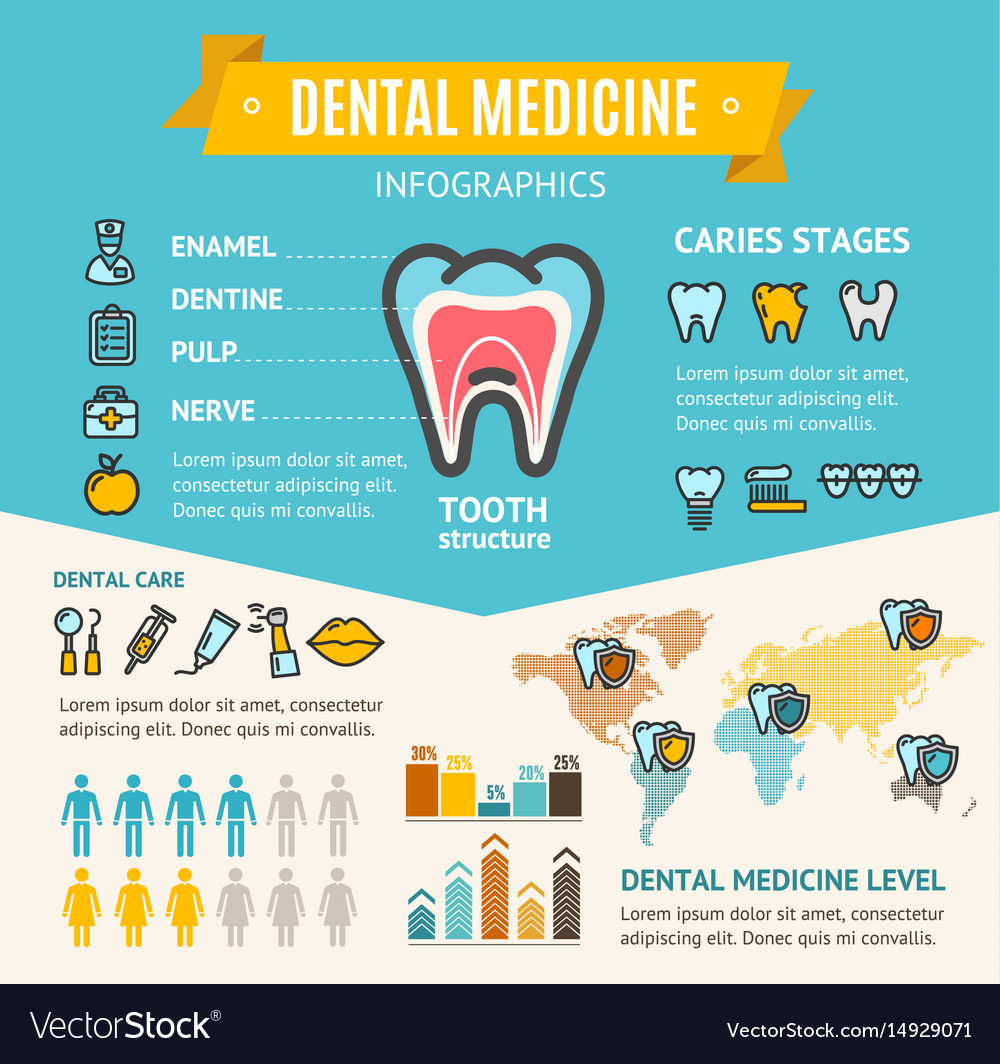The Development Of Dental Surgery: Emerging Developments And Growths Transforming The Self-Control
The Development Of Dental Surgery: Emerging Developments And Growths Transforming The Self-Control
Blog Article
Produced By-Johannsen Browne
Welcome to the globe of oral surgery, where innovations and advances are shaping the future of the field! In this amazing world, you'll witness the transformative power of robotics, the cutting-edge marvel of 3D printing, and the game-changing effect of minimally invasive techniques.
The future of oral surgery holds a promise of precision, performance, and improved client results. With the help of sophisticated robotics, specialists are able to do intricate procedures with greater precision and control.
3D printing innovation is revolutionizing the creation of dental implants and prosthetics, providing customized options that fit seamlessly into each person's special composition.
Additionally, minimally invasive strategies are lowering post-operative pain and healing time, enabling patients to go back to their daily lives faster.
Prepare yourself to check out the amazing developments and advancements that are improving the landscape of oral surgery!
Innovations in Robotics
One major advancement in oral surgery is making use of robotic innovation, which permits exact and reliable procedures. With the help of robot systems, oral cosmetic surgeons have the ability to perform intricate surgical procedures with enhanced accuracy, lessening the danger of human mistake.
These robotic systems are furnished with innovative imaging modern technology and exact instruments that enable doctors to navigate with detailed physiological frameworks with ease. By using robotic technology, specialists can achieve greater surgical precision, resulting in enhanced person outcomes and faster recuperation times.
Furthermore, making use of robotics in dental surgery permits minimally invasive treatments, reducing the trauma to bordering cells and promoting faster healing.
3D Printing in Oral Surgery
To enhance the field of oral surgery, you can explore the subtopic of 3D printing in oral surgery. https://www.cnn.com/2020/10/22/investing/charli-damelio-invisalign-align-technology/index.html -edge modern technology has the possible to reinvent the means oral cosmetic surgeons operate and deal with patients. Right here are 4 key methods which 3D printing is shaping the area:
- ** Customized Surgical Guides **: 3D printing enables the production of very exact and patient-specific surgical guides, improving the precision and efficiency of procedures.
- ** Implant Prosthetics **: With 3D printing, dental surgeons can create personalized implant prosthetics that completely fit a person's special anatomy, leading to far better results and client fulfillment.
- ** Bone Grafting **: 3D printing makes it possible for the production of patient-specific bone grafts, reducing the demand for conventional grafting techniques and improving healing and recovery time.
- ** Education and Training **: 3D printing can be made use of to produce sensible medical models for educational objectives, permitting dental cosmetic surgeons to practice intricate treatments before performing them on people.
With its prospective to enhance precision, modification, and training, 3D printing is an amazing advancement in the field of dental surgery.
Minimally Invasive Techniques
To even more advance the area of oral surgery, accept the possibility of minimally intrusive methods that can considerably benefit both specialists and patients alike.
Minimally invasive techniques are changing the field by reducing surgical injury, minimizing post-operative discomfort, and speeding up the recuperation procedure. These strategies involve using smaller sized incisions and specialized tools to carry out treatments with precision and performance.
By utilizing sophisticated imaging technology, such as cone light beam calculated tomography (CBCT), surgeons can accurately plan and perform surgeries with marginal invasiveness.
In addition, using lasers in oral surgery permits specific cells cutting and coagulation, resulting in decreased bleeding and minimized healing time.
With minimally intrusive strategies, individuals can experience faster healing, reduced scarring, and enhanced outcomes, making it an essential facet of the future of oral surgery.
Verdict
So, as you can see, the future of oral surgery is incredibly encouraging, with interesting technologies and advances forming the field.
From the developments in robotics to the use of 3D printing and minimally invasive strategies, oral surgeons are transforming the way they give care.
While click here now may stress over the possible cost related to these advancements, it is essential to remember that these modern technologies eventually enhance client results and lower healing time, making them well worth the investment over time.
